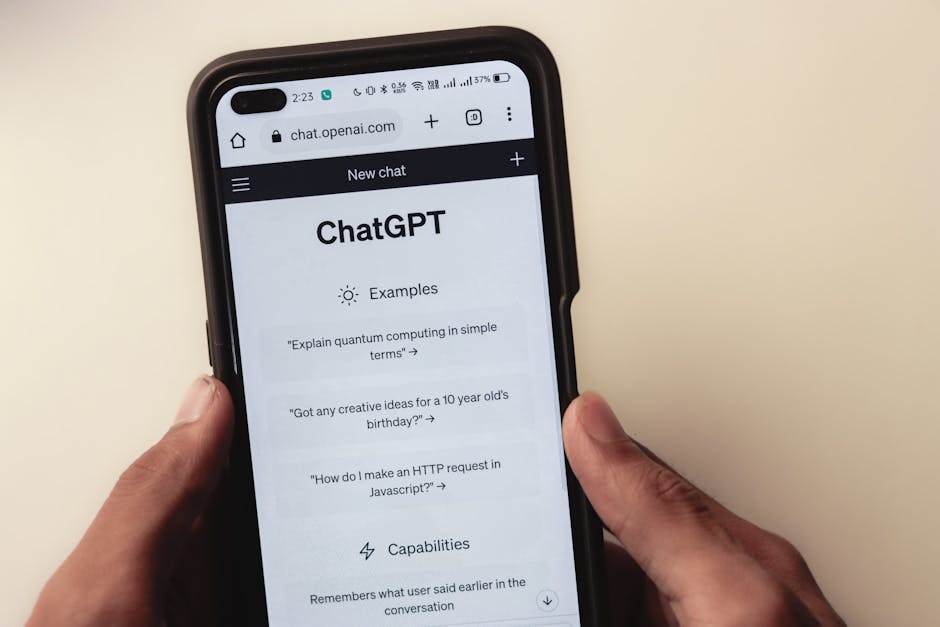Secure vendor data access, standardize API contracts, automate triage, and stabilize APIs to align CRM/marketing workflows. You’ll get auditable access, fewer failed sends, faster recovery, and measurable ROI (uptime, cycle-time reductions, direct-mail lift). Quick-start: enforce OAuth2 with short-lived tokens, require OpenAPI specs, gate schema changes in CI/CD, apply rate limits and circuit breakers, and run a live KPI cockpit to prove impact in a single sprint.
Field-Tested Triage: 5 Hands-On Steps to Secure Vendor Data Access, Align Workflows, and Stabilize APIs
Quick summary
The plan is a short, repeatable process. It locks down vendor access. It aligns CRM and marketing workflows. It makes APIs more stable for direct mail and field work. The approach favors automation, clear metrics, and fast fixes. Results include auditable access, fewer failed sends, and measurable response lifts.
The plan works with tools like PostcardMania, HubSpot, Jobber, and common automation tools such as Make and Zapier. It keeps data in sync with spreadsheets or Google Sheets for quick checks.
Step-by-step actions, outcomes, and metrics
-
Verify and limit vendor access
An engineer maps who can read and write each feed. Use OAuth2, least-privilege roles, and time-bound tokens. Outcome: an auditable access trail and fewer over-privileged accounts. Metrics: token expiry alignment near 99.9% and zero elevated-privilege incidents per quarter.
-
Standardize API contracts
Require OpenAPI/Swagger specs and field-level contracts. Gate schema changes in CI/CD. Outcome: predictable payloads for postcard tracking and CRM syncs. Metrics: schema conformance >99% and failed payloads <0.5%.
-
Automated workflow triage
Route webhook and postal events into a triage queue. Apply SLA-driven owners and auto-remediation. Outcome: faster recovery and clearer ownership. Metrics: time-to-ack, time-to-resolve, and SLA adherence.
-
Stabilize API surfaces
Run synthetic checks, apply rate limits, and add fallback paths or circuit breakers. Outcome: steady behavior during spikes and outages. Metrics: API error rate vs baseline and MTTR.
-
Measure impact and close the loop
Feed access logs, data-quality signals, and workflow health into a live cockpit. Outcome: data-backed decisions on vendor onboarding and campaign lifts. Metrics: cycle-time drops, automation coverage, and direct-mail response increases.
measurable ROI and predictable uptime is the core promise. The plan shows how to prove it with data.
Practical anchors and techniques
Simple rules make systems reliable. Use them often.
Common patterns and examples (expand for more)
Keep a small set of tests that run on every deploy. Link webhook tests to downstream CRM flows so broken changes fail fast. Feed anonymized, consented segments into postcard triggers and compare a control group. Reconcile sends back to the CRM for attribution.
Use small automation tools where they cut time: Google Sheets for spot checks, Zapier or Make for rapid wiring, and AWS Lambda for short, idempotent tasks. Avoid heavy rewrites when a schema fix and a webhook retry will do.
- OAuth2
- Token-based access with expiry and scopes. Use short-lived tokens and automated rotation.
- OpenAPI/Swagger
- Machine-readable contract for request/response shapes. Enforce in CI/CD to stop contract drift.
- CI/CD gate
- Automated checks that block schema or workflow-breaking changes before release.
- Webhook test
- Replay or synthetic events to validate the end-to-end vendor path.
Measurements and control
Metrics must map to business outcomes. Keep baselines and targets.
Example KPIs to watch:
- Access-time and token expiry alignment
- Schema conformance and failed payload rate
- Time-to-ack and MTTR for vendor events
- Direct-mail response lift and cost per acquisition
Live signals help the team act fast.
Checklist, artifacts, and quick-start samples
Action checklist (expand to act)
- Inventory vendor data streams, owners, and SLAs.
- Require OpenAPI specs and enforce versioning in CI.
- Deploy automated OAuth2 flows with short-lived tokens and auto-revoke.
- Implement API health checks, rate limits, and circuit breakers.
- Build a live dashboard linking access, data quality, workflows, and API stability to business metrics.

{
"timestamp":"2025-10-22T09:12:03Z",
"actor":"service-account-postal-api",
"action":"token-grant",
"result":"success",
"token_expires":"2025-10-22T11:12:03Z"
}curl -X POST https://api.vendor.example.com/oauth/token \
-d "grant_type=client_credentials&client_id=ID&client_secret=SECRET" \
-H "Content-Type: application/x-www-form-urlencoded"| Vendor | Scope | SLA | Stability note |
|---|---|---|---|
| IBM DataShare | Enterprise data access | 99.95% | Modular RBAC, strong governance |
| Snowflake Exchange | Versioned data feeds | 99.9% | Schema contracts and sampling |
| Postal API / Postcard Provider | Direct-mail triggers & tracking | 99.0% | Webhook status with retry and backfill |
| HubSpot | CRM sync and attribution | 99.5% | Field-level mapping and dedupe in sync jobs |
| Considerations: enforce OpenAPI, audit logs, CI gating, retry/backfill, short token lifetimes. Search keywords: vendor data lock, workflow confusion, restored API stability, schema conformance. | |||
The steps prioritize automation and measurable impact. Small, repeatable checks stop large problems. An operator can run the checklist in a single sprint and show quick gains.
- Category
- webflow
- Tags
- integration challenges: vendor data lock, broken processes in ops: workflow confusion, trust restored: restored API stability
vendor data access, API stability, auditable access, least-privilege, OAuth2, short-lived tokens, token rotation, time-bound credentials, OpenAPI/Swagger, API contracts, schema drift, CI/CD gating, webhook testing, triage queue, SLA, time-to-ack, time-to-resolve, MTTR, rate limits, circuit breakers, fallback paths, synthetic checks, direct-mail triggers, postcard tracking, CRM sync, data quality signals, data synchronization, live cockpit, dashboards, ROI, measurable outcomes, cycle time, automation, Make, Zapier, Google Sheets, data feeds, versioning, audit logs, RBAC, governance, vendor onboarding, onboarding speed, integration reliability, uptime, direct mail success rate, campaign lift, cost per acquisition, trust in integrations, speed over polish, action-oriented, results-driven, quick wins, facility management, storage facilities, insurance agencies, field service, claims processing, risk management, data-driven decisions